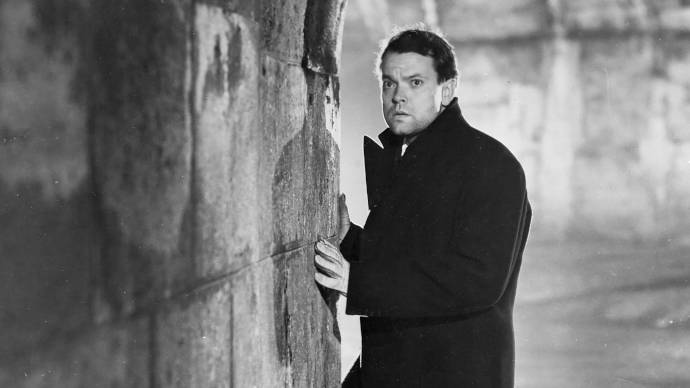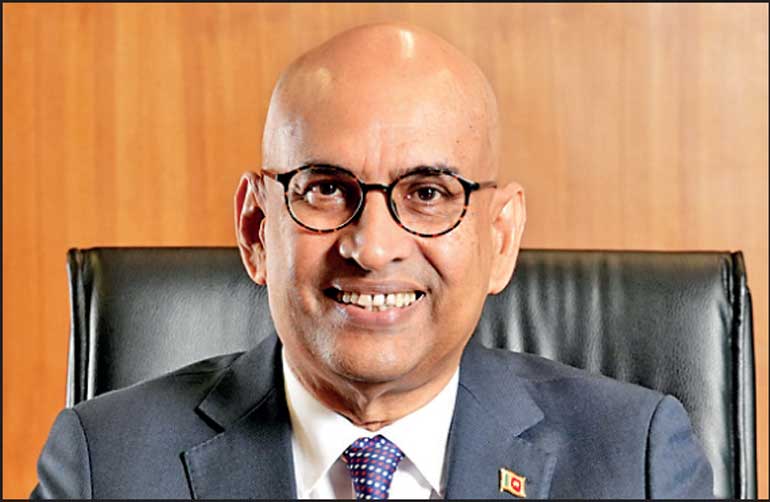Top 10 Must-See Film Noir Movies

Table of Contents
The Golden Age of Film Noir: Early Classics (1940s-early 1950s)
The 1940s and early 1950s represent the pinnacle of classic Film Noir, establishing many of the genre's conventions that are still imitated today. These films often featured complex plots, morally ambiguous protagonists, and a cynical worldview reflecting the anxieties of the post-war era.
The Maltese Falcon (1941): A Masterpiece of Deception
Humphrey Bogart's portrayal of Sam Spade, the cynical private investigator, cemented his status as a Film Noir icon. John Huston's masterful direction, coupled with a stellar supporting cast including Peter Lorre and Mary Astor, brought Dashiell Hammett's intricate novel to life.
- John Huston's direction: A masterclass in atmospheric storytelling.
- Memorable supporting cast: Each character adds depth and complexity to the narrative.
- Genre-defining influence: The Maltese Falcon established many of the tropes and conventions of Film Noir.
Casablanca (1942): Romance and Suspense in Wartime
Beyond its iconic status, Casablanca masterfully blends romance and suspense against the backdrop of World War II. The chemistry between Bogart and Ingrid Bergman is electric, their performances adding emotional depth to a story of sacrifice and regret.
- Bogart and Bergman's chemistry: Their on-screen connection is palpable and unforgettable.
- Memorable soundtrack: The music enhances the film's romantic and suspenseful atmosphere.
- Historical context: The film reflects the anxieties and complexities of wartime.
Double Indemnity (1944): Greed, Betrayal, and Deadly Intrigue
Billy Wilder's Double Indemnity is a masterpiece of suspense, featuring a complex plot driven by greed and betrayal. Fred MacMurray and Barbara Stanwyck deliver unforgettable performances as the scheming insurance salesman and his femme fatale accomplice.
- Fred MacMurray and Barbara Stanwyck's performances: Their portrayal of seductive danger is chillingly effective.
- Voiceover narration: The use of voiceover adds a layer of intrigue and suspense.
- Exploration of greed and betrayal: The film explores the dark side of human nature with unflinching honesty.
Exploring the Darker Side: Post-War Noir (mid-1950s-1960s)
The post-war era saw Film Noir delve even deeper into the shadows, exploring themes of paranoia, disillusionment, and moral ambiguity. These films often featured complex narratives and psychologically compelling characters.
Out of the Past (1947): Memory, Guilt, and a Fatal Attraction
Jacques Tourneur's Out of the Past is a classic example of Film Noir's exploration of memory and guilt. Robert Mitchum's performance as the haunted private investigator is both compelling and heartbreaking.
- Robert Mitchum's performance: His understated intensity perfectly captures the character's internal conflict.
- Jacques Tourneur's direction: His skill in creating atmospheric suspense is evident throughout.
- Use of flashbacks: The film’s structure uses flashbacks effectively to unravel its complex narrative.
The Big Sleep (1946): Intrigue and Mystery in the City of Angels
Howard Hawks' adaptation of Raymond Chandler's novel is a masterclass in atmospheric storytelling, featuring Bogart and Lauren Bacall at their most captivating. The intricate plot keeps the audience guessing until the very end.
- Bogart and Bacall's chemistry: Their on-screen spark is undeniable, adding a layer of romantic tension.
- Howard Hawks' direction: His direction emphasizes the film's stylish visuals and suspenseful atmosphere.
- Adaptation of Raymond Chandler's novel: The film stays true to the spirit of Chandler's hard-boiled prose.
Touch of Evil (1958): A Groundbreaking Exploration of Corruption
Orson Welles' Touch of Evil is a landmark achievement in Film Noir, showcasing his groundbreaking cinematography and morally ambiguous characters. The film's long takes and innovative visual style remain breathtaking.
- Orson Welles's direction: His visionary style redefined the visual possibilities of Film Noir.
- Charlton Heston's performance: He delivers a powerful performance as the determined lawman.
- Innovative use of long takes: Welles's camerawork is visually stunning and profoundly effective.
Beyond the Classics: Neo-Noir and Modern Interpretations
While the classic era of Film Noir ended in the 1960s, its influence continues to resonate in modern cinema. Neo-Noir films borrow heavily from the genre’s stylistic and thematic elements, often updating them for contemporary audiences.
Chinatown (1974): A Neo-Noir Masterpiece
Roman Polanski's Chinatown is a quintessential example of Neo-Noir, featuring a complex plot, morally ambiguous characters, and a cynical worldview. Jack Nicholson and Faye Dunaway deliver unforgettable performances.
- Roman Polanski's direction: His stylistic choices perfectly capture the film's dark and cynical tone.
- Jack Nicholson and Faye Dunaway's performances: Their chemistry is electric, enhancing the film's suspenseful atmosphere.
- Evocative setting: The film's depiction of 1930s Los Angeles is both atmospheric and haunting.
L.A. Confidential (1997): Intrigue and Corruption in 1950s Los Angeles
Curtis Hanson's L.A. Confidential is a stylish and intricately plotted Neo-Noir thriller. The ensemble cast, featuring Kevin Spacey, Russell Crowe, and Guy Pearce, delivers captivating performances.
- Curtis Hanson's direction: His direction captures the film’s dark tone and complex narrative with masterful skill.
- Ensemble cast: The performances of Spacey, Crowe, and Pearce are uniformly excellent.
- Exploration of corruption: The film's exploration of police corruption in 1950s Los Angeles is both timely and relevant.
Brick (2005): A Modern Twist on Classic Film Noir
Rian Johnson's Brick is a unique and stylish take on Film Noir, transplanting the genre's conventions into a contemporary high school setting. Joseph Gordon-Levitt's performance is both compelling and captivating.
- Rian Johnson's direction: His stylistic choices are both inventive and respectful of the genre's traditions.
- Joseph Gordon-Levitt's performance: He delivers a mature and nuanced performance.
- Stylistic choices: The film effectively uses dialogue and visual style to create a unique cinematic experience.
Conclusion: Your Film Noir Journey Starts Here
This exploration of ten must-see Film Noir movies showcases the genre's enduring appeal and influence on cinema. From the classic Hollywood masterpieces of the 1940s and 50s to the stylish Neo-Noir films of recent decades, Film Noir continues to captivate audiences with its shadowy cinematography, morally ambiguous characters, and cynical yet captivating narratives. We've journeyed through shadowy alleyways and smoky bars, witnessed betrayal and intrigue, and explored the dark side of human nature. But your Film Noir journey doesn’t end here. Discover more Film Noir by watching these essential Film Noir classics and exploring other examples of the genre. Watch these essential Film Noir classics and explore the best Film Noir movies – your Film Noir journey starts here!

Featured Posts
-
 New Asylum Crackdown In Uk Three Nations Under Increased Pressure
May 10, 2025
New Asylum Crackdown In Uk Three Nations Under Increased Pressure
May 10, 2025 -
 Pakistan Sri Lanka Bangladesh Collaborative Framework For Capital Market Development
May 10, 2025
Pakistan Sri Lanka Bangladesh Collaborative Framework For Capital Market Development
May 10, 2025 -
 Brian Brobbey Physical Prowess Poses Europa League Threat
May 10, 2025
Brian Brobbey Physical Prowess Poses Europa League Threat
May 10, 2025 -
 Is Leon Draisaitl Ready For The Playoffs Latest Updates On Oilers Stars Injury
May 10, 2025
Is Leon Draisaitl Ready For The Playoffs Latest Updates On Oilers Stars Injury
May 10, 2025 -
 Analyzing Brobbeys Strength A Decisive Factor In The Europa League
May 10, 2025
Analyzing Brobbeys Strength A Decisive Factor In The Europa League
May 10, 2025
